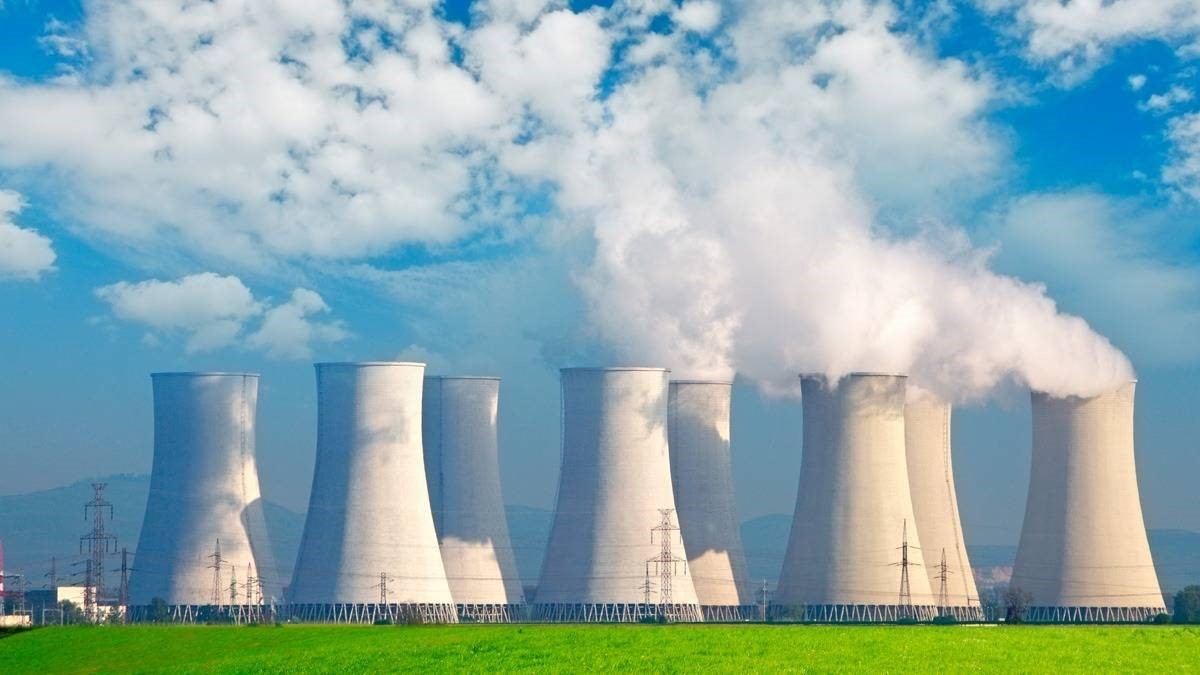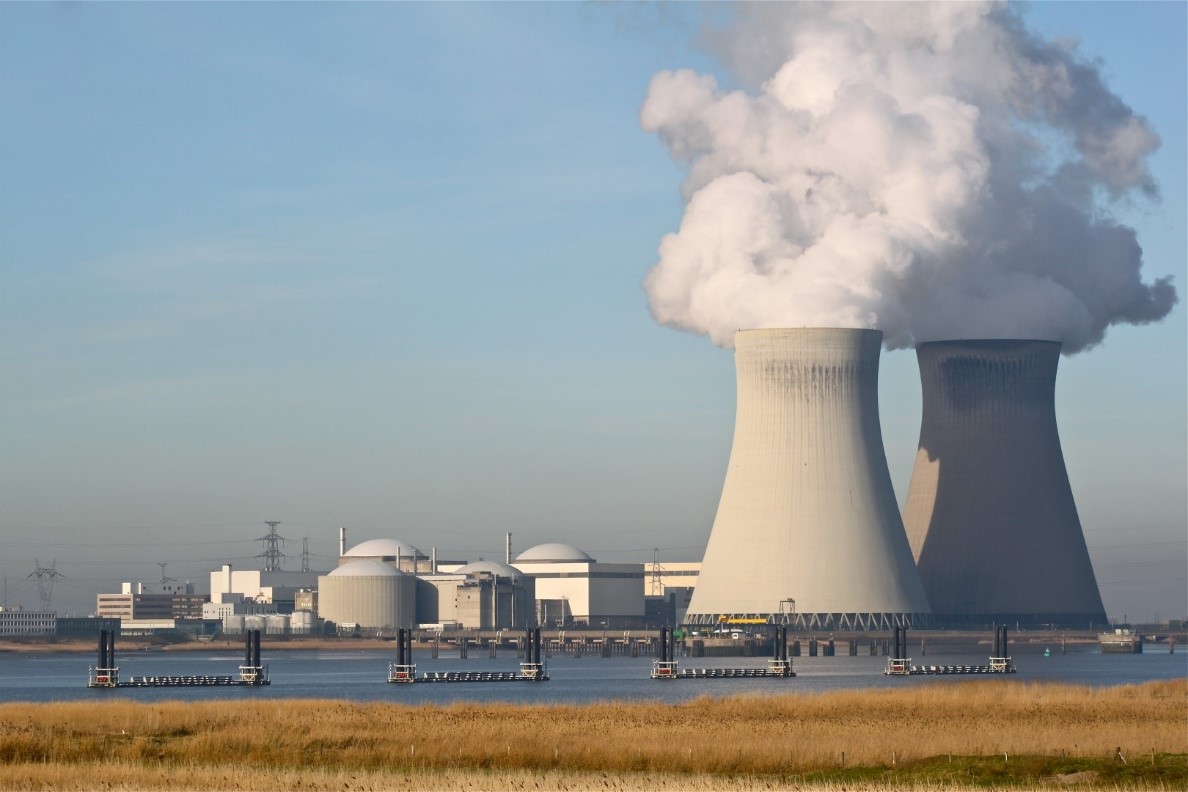What we know today as commercial nuclear power plants began operating in the fifties. Now, nuclear energy gives us about 10% of the total global electricity generation from 450 reactors.
Nuclear is the world’s second largest source of low-carbon power (29% of the total in 2017). More than 50 countries are utilizing nuclear energy in approximately 225 research reactors. In addition to research, reactors are used for medical and industrial isotope production, as well as for training.

Nuclear technology uses the energy given off by splitting the atoms of some types of elements. The first developments occurred in the 1940s, and during World War II research primarily focused on the production of weaponry in the form of bombs. In 1950 the focus changed to look at the peaceful use of nuclear energy, controlling it for power generation.
Nuclear power in the civil sector has now gathered more than 17,000 reactor years of experience, and nuclear power plants operate in thirty countries around the world. In fact, through the regional transmission network, more and more countries rely heavily on generated nuclear power; both Denmark and Italy get nearly ten percent of their electricity from imported nuclear power. For quality components used in the nuclear power industry, choose Valve Manufacturer https://www.orseal.com/
Total Operating Reactors Worldwide
Approximately 10% of global electricity is created by 450 nuclear reactors. Around fifty more reactors are in the process of being built, equal to approximately 15% of the existing capacity.
In 2018 nuclear power plant supplying electricity TWh in 2563, up from 2503 TWh in 2017. This is the sixth consecutive year the global nuclear generation has increased, with an output of 217 TWh higher than in 2012.

Nuclear Electricity Production
Twelve countries in 2018 produced at least a quarter of their electricity from nuclear power. France receives about 75% of its power from nuclear energy; Slovakia, Hungary and Ukraine get over half of theirs from nuclear power, while Belgium, Slovenia, Sweden, Bulgaria, Switzerland and the Czech Republic get a third or more. South Korea usually gets over thirty percent of its electricity from nuclear power, while in the USA, UK and Russia about one fifth of electricity comes from nuclear power. Japan used to rely on nuclear power for more than a quarter of the electricity and is expected to return to somewhere near that level.
Need for new generating capacity
Obviously, there is a strong requirement for creating new energy across the globe, particularly to replace the use of fossil fuels mainly fueled by coal, which emits more carbon dioxide, and to meet the increasing demand for electricity in many countries. In 2017, 65% of the electricity generated from burning fossil fuels. Despite the strong support for, and growth, intermittent renewable electricity sources in recent years, the contribution of fossil fuels for electricity generation remained almost unchanged in the last 10 years or more (66.5% in 2005).



